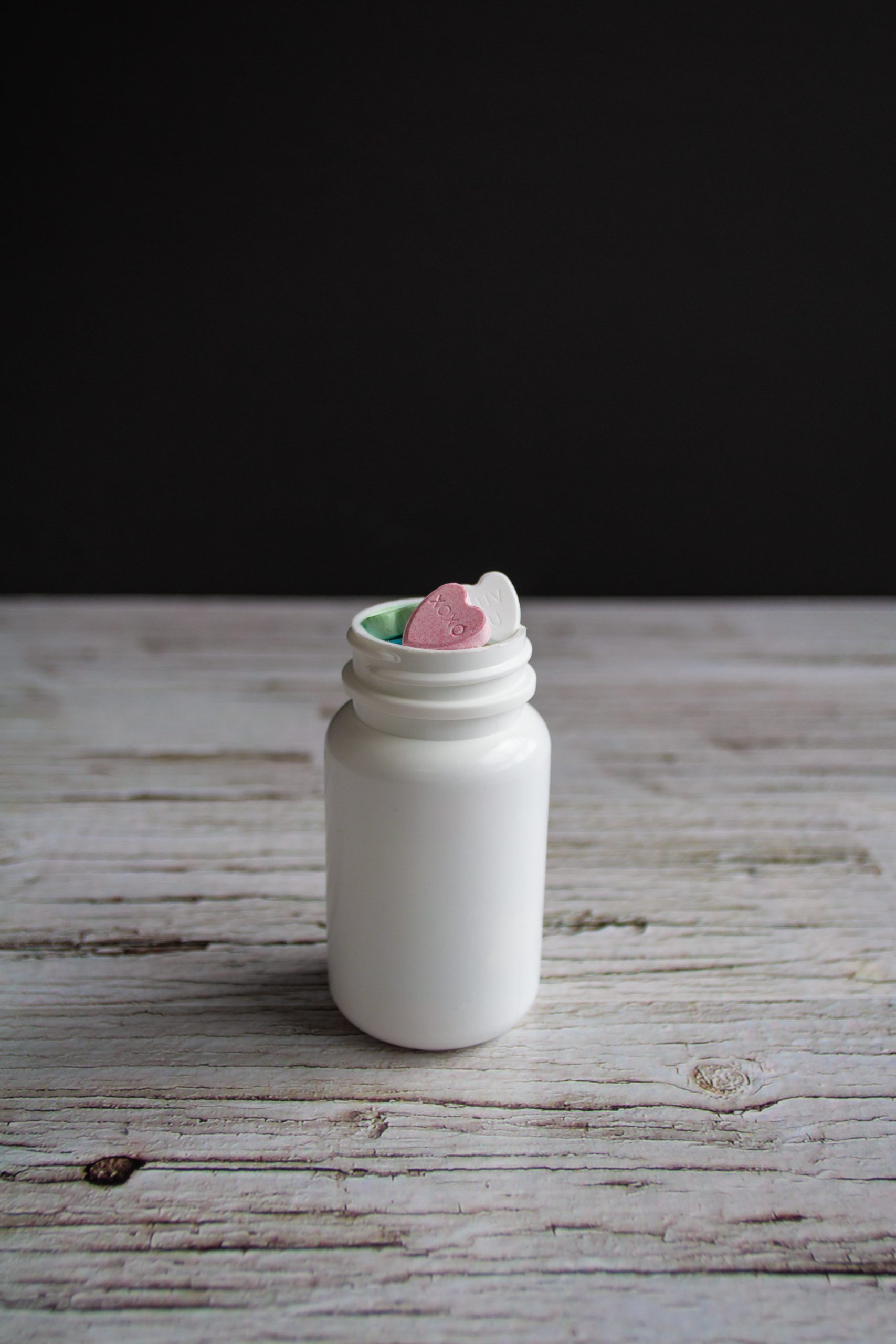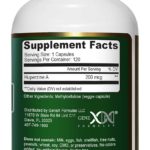When it comes to taking SAMe, timing is key. SAMe, also known as S-Adenosyl-L-Methionine, is a naturally occurring compound that has gained popularity as a dietary supplement for its potential therapeutic effects on mood, joint health, and liver function. If you’re wondering about the best time of day to take SAMe, it’s essential to understand its mechanisms and how it interacts with the body. In this article, we’ll explore the various applications of SAMe and provide guidance to help you determine the optimal time for taking this supplement. So, if you’re ready to optimize your SAMe supplementation routine, let’s dive in!
Factors to Consider
When determining the best time to take SAMe, there are several factors to consider to ensure optimal absorption and effectiveness. Each individual may have unique circumstances that can influence the timing and dosage of SAMe, so it is crucial to take these factors into account.

Individual Circadian Rhythm
Understanding your individual circadian rhythm can be helpful in determining the optimal time to take SAMe. The circadian rhythm refers to your body’s natural internal clock that regulates various physiological and behavioral processes. This rhythm influences hormone production, metabolism, and even the absorption of certain substances in the body.
Since SAMe is involved in various biochemical processes, including neurotransmitter synthesis, it is important to consider how your circadian rhythm may impact the absorption and utilization of SAMe. Some research suggests that different individuals may have variations in SAMe absorption and utilization at different times of the day.
Specific Condition
The specific condition you are taking SAMe to address can also influence the timing of your dosage. SAMe has been studied for its potential benefits in addressing conditions such as depression, osteoarthritis, and liver disorders.
For individuals with depression, timing SAMe dosage based on its effects on mood and neurotransmitter synthesis may be beneficial. Similarly, individuals with osteoarthritis may consider timing their SAMe dosage to align with when they experience the most joint pain or stiffness. Liver disorders, on the other hand, may require specific timing to support liver function and overall health.
Consulting with a healthcare professional who specializes in your specific condition can provide valuable insights into the best time to take SAMe.
Interactions with Other Medications
If you are currently taking other medications alongside SAMe, it is important to consider potential interactions. SAMe may interact with certain medications, potentially affecting their absorption or efficacy.
Consulting a healthcare professional is crucial in understanding and avoiding any potential interactions. They can review your current medication regimen and provide guidance on how to separate dosages or adjust timing to minimize any possible interactions.
Dosage Instructions
Following the recommended dosage instructions for SAMe is essential for ensuring its safe and effective use. The dosage may vary depending on the specific condition being addressed and the severity of symptoms.
It is important to carefully read and understand the dosage instructions provided on the SAMe supplement packaging or as directed by your healthcare professional. Taking the appropriate dosage at the recommended frequency will help maintain consistent levels of SAMe in your body.

Preferred Time for Maximum Absorption
SAMe’s absorption can be influenced by the timing of ingestion. Understanding the preferred time for maximum absorption can help optimize the supplement’s effectiveness.
Research suggests that the peak absorption of SAMe occurs when taken on an empty stomach. However, since individual responses may vary, it is essential to consider personal experiences and consult with a healthcare professional.
Factors such as meals, other medications, and individual metabolism can also impact the absorption of SAMe. Experimenting with different timing options and noting the effects can help identify the best time for maximum absorption.
Consulting a Healthcare Professional
When considering the timing of SAMe supplementation, it is always advisable to consult a healthcare professional. They can provide personalized recommendations based on your individual circumstances, including your specific condition, medications, and overall health.
A healthcare professional can assess your health condition, review potential interactions, and guide you in establishing an appropriate SAMe regimen. Their expertise and knowledge can help ensure the safe and effective use of SAMe.

Establishing a Routine
Establishing a routine for taking SAMe can be beneficial for maintaining consistency and maximizing its potential benefits. A regular timing schedule can help ensure that you do not miss doses and allow for better integration into your daily life.
Incorporating SAMe into your existing routine can make it easier to remember and incorporate into your daily schedule. Whether it’s taking it first thing in the morning, during a specific meal, or before bedtime, finding a time that works best for you can streamline the supplementation process.
Adapting to Personal Schedule
Flexibility in the timing of SAMe can be essential, especially for individuals with evolving schedules or specific lifestyle requirements. Adapting to your personal schedule ensures that you can consistently take SAMe without disruptions, irrespective of any changes in your routine.
For individuals with shift work or irregular sleep patterns, finding a consistent time to take SAMe may be challenging. In such cases, discussing with a healthcare professional can help determine the best approach to adapt SAMe supplementation to your unique schedule.
Additionally, if you travel frequently, adjusting the timing of SAMe to accommodate different time zones can be necessary. Discussing this with a healthcare professional can provide guidance on how to effectively adapt your SAMe routine while traveling.
Possible Side Effects
While SAMe is generally considered safe and well-tolerated, it is important to be aware of possible side effects. Like any dietary supplement, SAMe can have varying effects on different individuals.
Common side effects of SAMe include gastrointestinal discomfort, such as nausea, diarrhea, or indigestion. These side effects are typically mild and resolve on their own. However, if you experience persistent or severe side effects, it is advisable to consult a healthcare professional.
Additionally, individuals with bipolar disorder should exercise caution when taking SAMe, as it may potentially trigger manic episodes. It is crucial to discuss any pre-existing conditions or concerns with a healthcare professional before starting SAMe supplementation.
Potential Benefits
SAMe has been associated with various potential benefits due to its involvement in important biochemical processes within the body.
Mood Enhancement: SAMe’s role in neurotransmitter synthesis suggests its potential to enhance mood and alleviate symptoms of depression. Research has shown promising results, indicating comparable antidepressant effects to conventional medications.
Joint Health Improvement: SAMe’s involvement in cartilage maintenance and reduction of joint pain has made it a popular supplement for individuals with osteoarthritis. It may help improve joint function and alleviate discomfort associated with the condition.
Liver Function Support: SAMe plays a crucial role in liver function and has been studied for its potential therapeutic effects on certain liver disorders. It is thought to support liver health and contribute to its proper functioning.
Other Reported Benefits: SAMe is still being researched for its potential benefits in various other areas, such as fibromyalgia, Alzheimer’s disease, and liver cirrhosis. While further studies are needed, preliminary findings suggest possible positive effects.
As with any dietary supplement, individual responses may vary, and results may not be guaranteed. It is essential to seek guidance from a healthcare professional and carefully evaluate the potential benefits and risks before incorporating SAMe into your routine.
In conclusion, determining the best time to take SAMe involves considering individual factors such as circadian rhythm, specific conditions, interactions with other medications, dosage instructions, preferred absorption time, and consulting with a healthcare professional. Establishing a routine and adapting to personal schedules can help maintain consistency in supplementation. Understanding the potential benefits and possible side effects is crucial in making informed decisions about using SAMe as a dietary supplement. Remember to consult with a healthcare professional for personalized recommendations, ensuring the safe and effective use of SAMe based on your unique circumstances.







